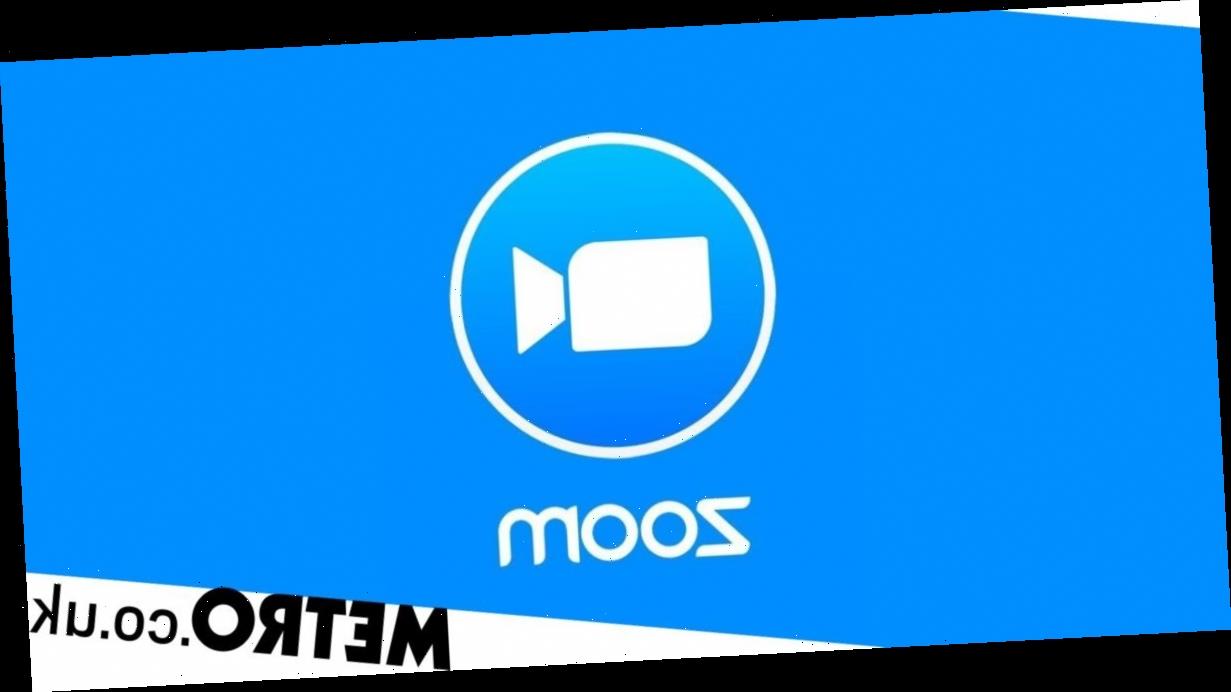Zoom, the US-based video conferencing has rocketed onto computers and phones of workers around the world as millions dial in from home.
It’s also created a whole new method of trolling that’s become known as zoombombing.
In a nutshell, it’s when trolls use Zoom’s screensharing feature to hit other people in the meeting with videos of violence or hardcore pornography mined from the depths of the internet.
It happened recently on a public Zoom call hosted by tech reporter Casey Newton. Newton was hosting his popular daily show WFH Happy Hour where anyone could join with the public ID and before long many of the attendees were being shown horrific videos as a troll entered the call and started sharing porn.
Attempting to block attacks by kicking the troll off these calls doesn’t help because they can simply re-enter the ID and join in as a different name.
In the end, Newton was forced to cancel the show completely rather than try and fight the troll off.
The problem comes from Zoom’s default setting that the host of a meeting can’t control screen sharing. In order to restrict this, the host has to go to their admin settings and disable the option before starting the meeting.
MORE: Ok Zoomer: Why Zoom is the world’s new favourite social network
Zoom has even addressed the problem itself on its company blog.
‘The first rule of Zoom Club: Don’t give up control of your screen,’ the company wrote.
‘You do not want random people in your public event taking control of the screen and sharing unwanted content with the group. You can restrict this — before the meeting and during the meeting in the host control bar — so that you’re the only one who can screen-share.’
The company goes on to share a list of ways to effectively lock down your Zoom meetings and stop Zoombombing from happening.
‘Zoom is a great way to stay connected right now, and we hope these tips will help you continue to host amazing events using our platform!’ the company wrote. ‘If you’re not sure whether a public Zoom event is the way to go, share the meeting link only with your close friends, co-workers, and clients. You can even password-protect it for another layer of security.’
Source: Read Full Article

